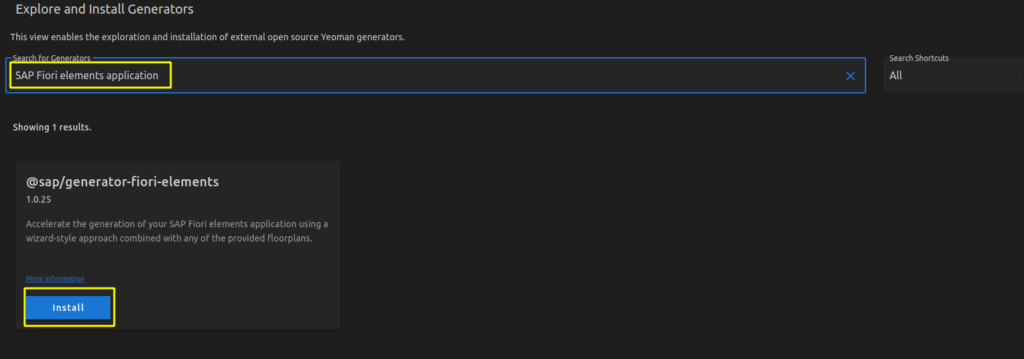In my SAPUI5 Freesstyle frontend I created a search field above a list. In the searchfield handler I’m creating a filter with the provided query.
const sQuery = oEvent.getParameter("query");
new Filter("firstName", FilterOperator.Contains, sQuery);
Afterwards I’m binding the filter to my list to trigger the binding refresh. But when debugging the backend handler I noticed the following…
In my CAP on Read handler, the filter gets converted into a V4 compatible filter expression:
oData V4: $filter=contains(firstName,'Max')
As I’m forwarding the request to an external V2 oData API (SuccessFactors) this would not work, as for V2 the following filter syntax is needed:
oData V2: $filter=substringof('Max',firstName) eq true
As I could not find any solution to this problem, I manually passed my filter as custom property to my CAP Service and did a manual select.
Adding the custom property in the frontend in my searchfield handler:
onSearch: function (oEvent) {
if (oEvent.getParameters().refreshButtonPressed) {
this.onRefresh();
return;
}
let oBindingInfo = this._oList.getBindingInfo("items");
if (!oBindingInfo.parameters) oBindingInfo.parameters = {};
if (!oBindingInfo.parameters.custom) oBindingInfo.parameters.custom = {};
if (oEvent.getParameter("query")) {
oBindingInfo.parameters.custom.filter = "%" + oEvent.getParameter("query") + "%";
} else {
oBindingInfo.parameters.custom.filter = undefined
}
this._oList.bindItems(oBindingInfo);
}
My CAP handler with the filter handling:
const { Object } = srv.entities
const SF_Srv = await cds.connect.to('SF')
srv.on('READ', Object, async req => {
if (!req._queryOptions.filter) {
// share request context with the external service
return SF_Srv.tx(req).run(req.query);
} else {
//if filter provided, build manually a select statement using a where condition
let input = req._queryOptions.filter;
const tx = SF_Srv.transaction(req);
return await tx.run(
SELECT
.from(Object)
.where`firstName like ${input} or lastName like ${input}`)
}
})
As alternative you could also add the where condition directly to the query object:
const { Object } = srv.entities
const SF_Srv = await cds.connect.to('SF')
srv.on('READ', Object, async req => {
if (req._query.filter) {
//if filter provided, build manually a select statement using a where condition
let { query } = req
let input = req._queryOptions.filter
if (!query.SELECT.where) query.SELECT["where"] = []
query.SELECT.where.push(
{ ref: ['firstName'] }, 'like', { val: input }, "or",
{ ref: ['lastName'] }, 'like', { val: input }, "or",
{ ref: ['object'] }, 'like', { val: input })
}
// share request context with the external service
return SF_Srv.tx(req).run(req.query)
})



